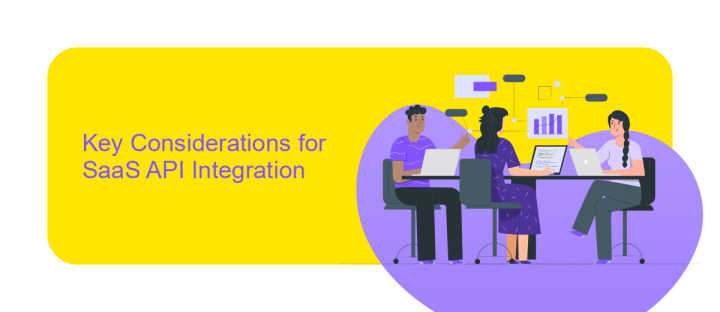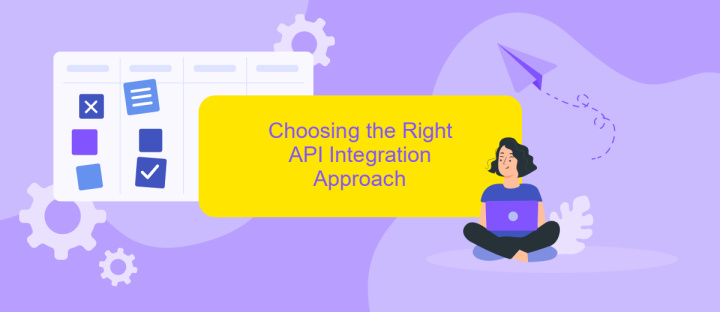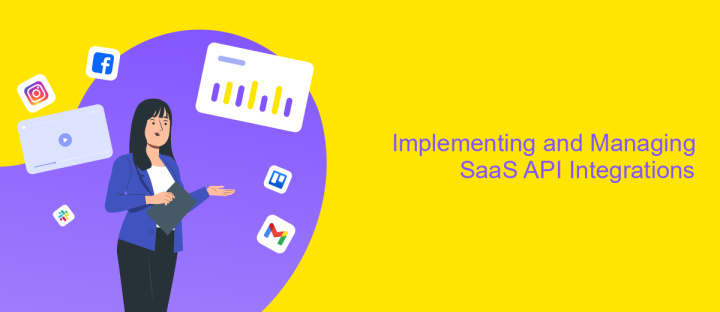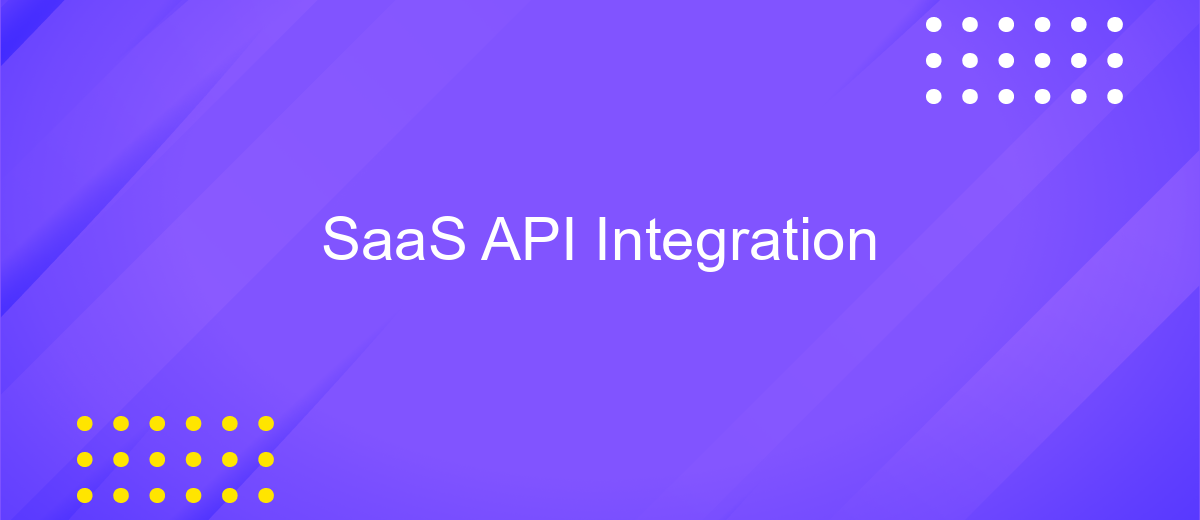SaaS API Integration
In today's fast-paced digital landscape, SaaS API integration plays a pivotal role in streamlining business operations and enhancing productivity. By seamlessly connecting disparate software systems, it enables organizations to automate workflows, improve data accuracy, and foster innovation. This article explores the essential aspects of SaaS API integration, highlighting its benefits, challenges, and best practices for successful implementation in a rapidly evolving technological environment.
Understanding SaaS API Integration and its Benefits
Software as a Service (SaaS) API integration is a critical component for businesses seeking to streamline operations and enhance connectivity between various applications. By leveraging APIs, companies can automate workflows, improve data sharing, and foster collaboration across different platforms. This integration simplifies complex processes, allowing businesses to focus on core activities while ensuring seamless communication between disparate systems.
- Enhanced Efficiency: Automates repetitive tasks, reducing manual effort and errors.
- Scalability: Easily adapt to growing business needs without significant infrastructure changes.
- Cost-Effectiveness: Minimizes the need for in-house development and maintenance.
- Improved Data Access: Facilitates real-time data exchange, ensuring up-to-date information.
- Flexibility: Offers customizable solutions tailored to specific business requirements.
Integrating SaaS APIs empowers organizations to harness the full potential of their software ecosystem. It enables seamless data flow and functionality, fostering innovation and agility. As businesses increasingly rely on cloud-based solutions, understanding and implementing effective API integrations becomes essential for maintaining a competitive edge. Embracing this technology not only enhances operational capabilities but also drives strategic growth and efficiency.
Key Considerations for SaaS API Integration

When integrating SaaS APIs, it's crucial to first evaluate the compatibility and documentation provided by the API. This ensures smooth communication between systems and minimizes potential errors. Understanding the API's data structure, rate limits, and authentication methods is essential for seamless integration. Additionally, consider the scalability of the API to accommodate future growth and increased data exchange. Properly assessing these technical aspects can save significant time and resources in the long run.
Moreover, leveraging integration platforms like ApiX-Drive can simplify the process by providing pre-built connectors and automation tools. These platforms can significantly reduce development time and offer a user-friendly interface for managing integrations. It's also important to ensure robust security measures are in place to protect sensitive data during API interactions. Regularly monitoring and updating your integrations can help maintain optimal performance and security. By keeping these key considerations in mind, businesses can effectively harness the full potential of SaaS API integrations.
Choosing the Right API Integration Approach

When selecting an API integration approach for your SaaS application, it’s crucial to consider both your technical requirements and business objectives. The right integration strategy can significantly enhance functionality, improve user experience, and streamline operations. Begin by assessing the complexity of the APIs you plan to integrate and the resources available within your development team.
- Evaluate the API documentation and support: Ensure that the API provider offers comprehensive documentation and responsive support to facilitate smooth integration.
- Consider the scalability of the solution: Choose an approach that can grow with your business needs, allowing you to add new features or services without major disruptions.
- Analyze security and compliance requirements: Ensure that the integration method adheres to industry standards and complies with relevant regulations to protect sensitive data.
Ultimately, the best API integration approach balances ease of implementation with long-term flexibility and security. By carefully evaluating these factors, you can choose a strategy that not only meets your immediate needs but also supports future growth and innovation. This thoughtful selection process will help ensure that your SaaS application remains competitive and efficient in a rapidly evolving digital landscape.
Implementing and Managing SaaS API Integrations

Implementing SaaS API integrations requires a strategic approach to ensure seamless connectivity between platforms. The process begins with understanding the specific needs of your business and selecting the appropriate APIs that align with these requirements. This involves researching available APIs, evaluating their documentation, and assessing their compatibility with existing systems.
Once the suitable APIs are identified, the integration process involves configuring the API endpoints, setting up authentication protocols, and establishing data flow mechanisms. It's crucial to ensure that data is exchanged securely and efficiently between the SaaS applications and your systems. Regular testing is essential to validate the integration and troubleshoot any issues that arise.
- Identify business requirements and select suitable APIs.
- Configure API endpoints and authentication protocols.
- Establish secure and efficient data flow mechanisms.
- Conduct regular testing and troubleshooting.
Managing these integrations involves continuous monitoring and maintenance to ensure they remain functional and up-to-date. This includes updating APIs as new versions are released, addressing any security vulnerabilities, and optimizing performance. By proactively managing SaaS API integrations, businesses can enhance operational efficiency and maintain a competitive edge.
Best Practices and Common Pitfalls of SaaS API Integration
When integrating SaaS APIs, adhering to best practices is crucial for seamless operation. Start by thoroughly understanding the API documentation to ensure proper implementation and compatibility with your existing systems. Employ version control to manage changes effectively, and use authentication protocols like OAuth for secure access. Testing is vital; perform comprehensive tests in a sandbox environment before deploying to production. Additionally, consider utilizing integration platforms such as ApiX-Drive, which streamline the process by offering pre-built connectors and automation tools, reducing time and effort.
Despite best efforts, common pitfalls can occur. One frequent issue is neglecting error handling, which can lead to system failures. Ensure robust error management to handle unexpected API responses gracefully. Another pitfall is insufficient monitoring; without it, issues may go unnoticed until they escalate. Implement real-time monitoring to detect anomalies early. Lastly, avoid over-reliance on a single API, as service disruptions can impact your operations. Diversify your integrations to mitigate risks and ensure business continuity.
FAQ
What is SaaS API Integration?
How can I start integrating APIs for my SaaS application?
What are the benefits of using an integration platform for API integration?
How do I ensure data security during API integration?
What should I consider when choosing an API integration solution?
Apix-Drive is a simple and efficient system connector that will help you automate routine tasks and optimize business processes. You can save time and money, direct these resources to more important purposes. Test ApiX-Drive and make sure that this tool will relieve your employees and after 5 minutes of settings your business will start working faster.

